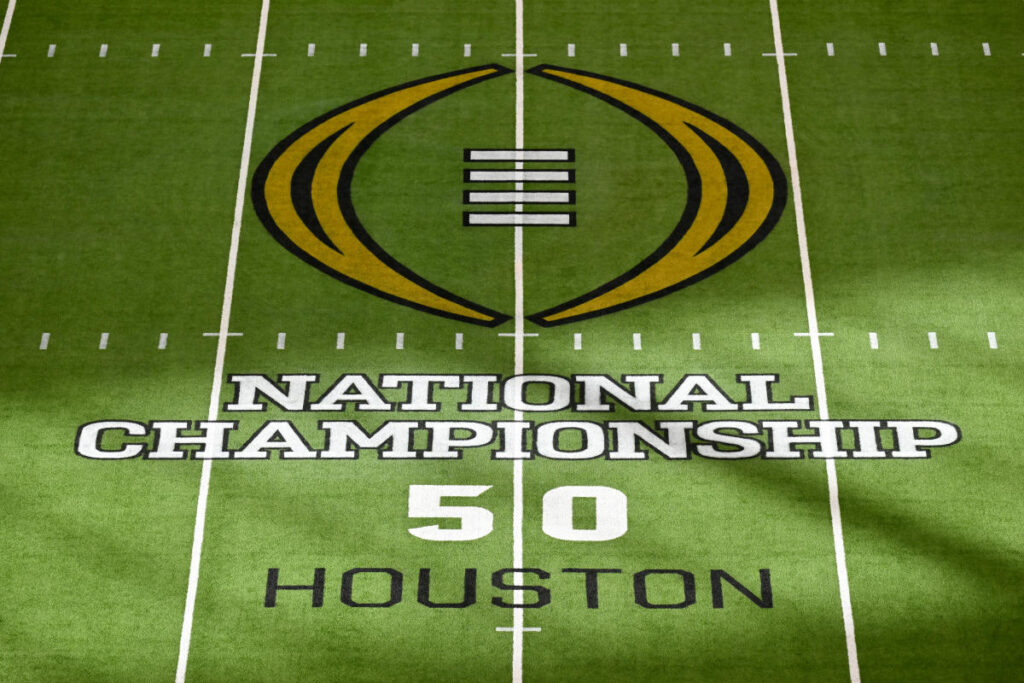College football is embracing technology adopted long ago by the NFL and even the high school game. Helmet communication and use of sideline tablets in the FBS will be allowed beginning with the upcoming season, reports The Athletic’s Chris Vannini.
The additions were approved by the NCAA Playing Rules Oversight Panel on Friday. Communication from the sideline to a helmet worn by a quarterback and a player on defense was given a test run by several teams during bowl games last season, as well as tablets used by coaching staffs.
One more change approved for next season will be adding a two-minute warning toward the end of the second and fourth quarters during games, incorporating an element that previously distinguished college football gameplay from the NFL.
The intention behind adding the two-minute warning is to prevent consecutive TV timeouts during game broadcasts. (However, it will not be considered a media timeout.) The brief break will also enable officials to switch over to rules that apply during the final two minutes of a half, including the clock stopping after first downs and plays going out of bounds.
Using communication devices in helmets received added attention last season amid the sign-stealing controversy involving Michigan, in which scouts allegedly attended games off campus to get the sideline signals of opposing teams.
Though many coaches, players and fans decried the Wolverines for breaking the rules, several observers noted that such tactics – or sideline signals – wouldn’t be necessary if coaches could communicate directly with a player with a device. Nebraska coach Matt Rhule was among those who pointed out that high school teams were allowed to use such devices, along with sideline tablets, while college football teams were not.
Sideline tablets will be allowed to use video from the broadcast feed or angles from the sideline and end zone. However, the tablets will not be able to incorporate data or communications with the video.
Communications will turn off with 15 seconds remaining on the play clock or when the ball is snapped. If one team’s communications are not working, both teams will not be able to use the devices.
Adding the technology was not a response to the Michigan allegations, according to The Athletic. Sideline signals and opponents stealing those signs are expected to still be a part of the game with teams running up-tempo, no-huddle offenses. A team can use the helmet communications during a game, even if the other chooses not to.
The technology additions will be in use for FBS teams, but not for coaches and players at the FCS level. FCS conferences will have to submit proposals for such changes by June 15.
#NCAA #approves #helmet #communication #sideline #tablets #twominute #warning #FBS


